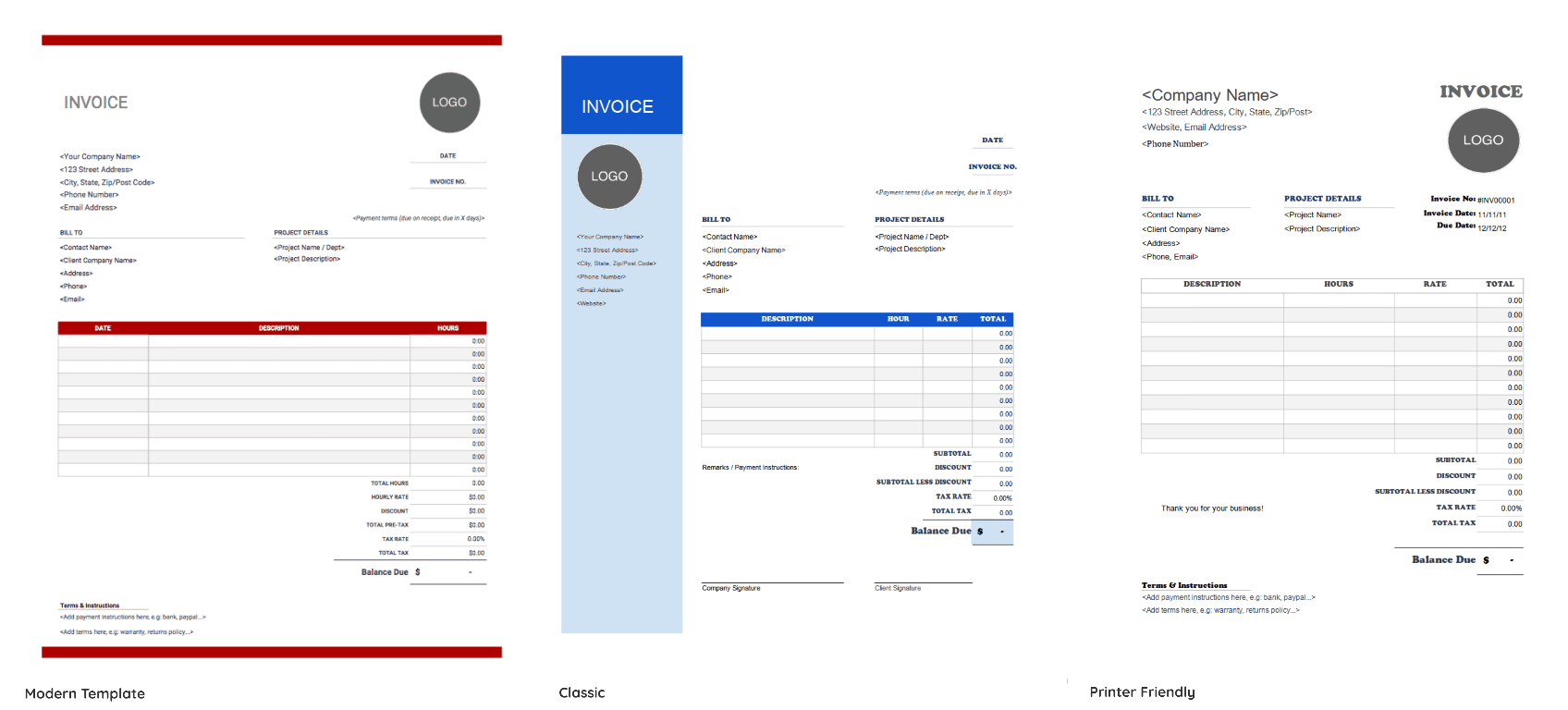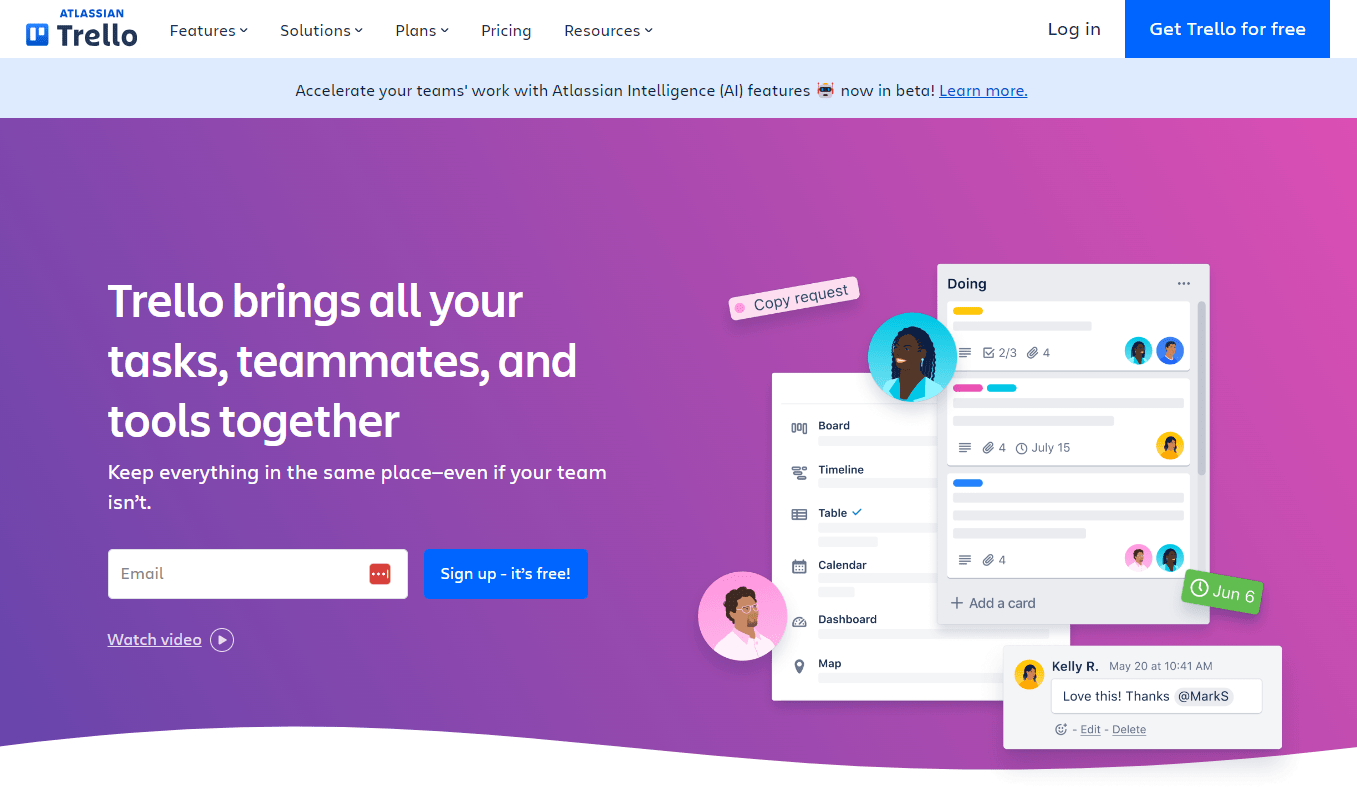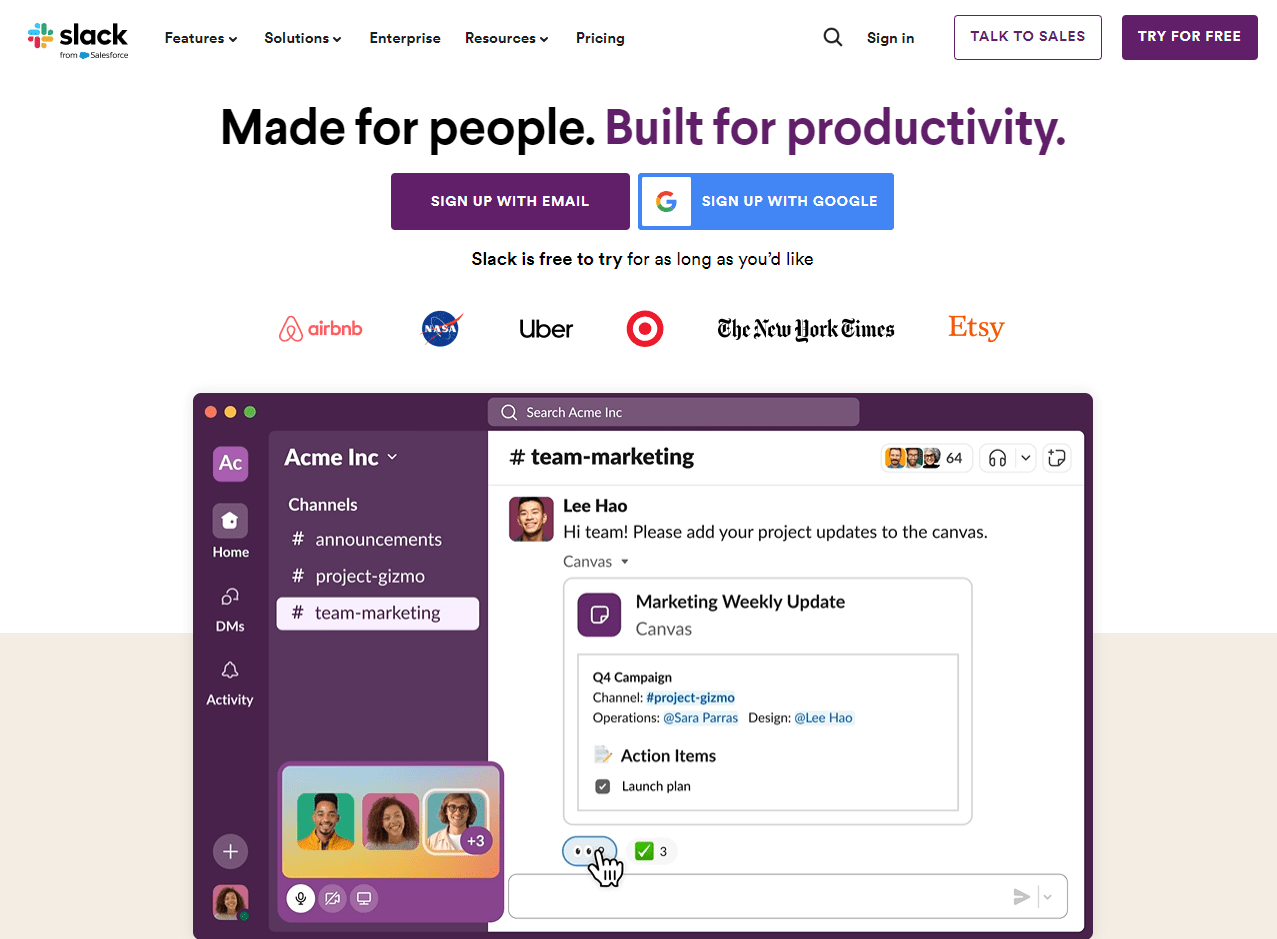
What is your hiring definition? Have you noticed that it can be very different from someone else’s idea of what hiring means?
The Greek philosopher Heraclitus once said, “There is nothing permanent except change.” That definitely goes for language, maybe even more than anything else. So, as we grow into new things in the hiring world, we need to clarify what hiring is so we know what we’re doing. This helps us to avoid misunderstandings that can lead to poor decisions and unhappy hires.
Understanding the Hiring Definition in the Modern Workplace
Hiring in the modern workplace has evolved beyond simply filling open positions with resumes and interviews. It’s a strategic process focused on finding the right talent to achieve specific business goals in a dynamic and competitive environment. We see a few key characteristics that inform a common hiring definition in today’s workplace.
First, we see a focus on the search for skills and cultural fit. Modern hiring goes beyond traditional experience on a resume. Companies look for demonstrated skills and aptitudes relevant to the specific role, often using skills assessments or tests. Experience also comes into play here. Alongside capabilities is an increased value on cultural fit. They know that this can help ensure compatibility with the existing team dynamic, work style, and company values.
Second, we see a lot of technology and automation intertwined with human labor. Many larger organizations use Applicant Tracking Systems (ATS). It helps them to screen resumes, filter candidates based on keywords, and manage the application process efficiently. Smaller companies that don’t have many hires tend to rely more on online assessments and interviews. Written test and video conferencing, for example, facilitate remote hiring and allow for a wider talent pool consideration.
Third, companies are more aware of how important branding is. They cultivate a strong employer brand to attract top talent that fits in well. This involves showcasing company culture, employee testimonials, and career development opportunities. Modern hiring, therefore, also focuses on creating a positive candidate experience throughout the hiring process. This includes clear communication, timely updates, and feedback to all applicants.
The Shift
A lot of this has to do with a shift in the balance of power in the hiring world. Gone are the days when companies held all the cards. Now, companies have to woo the best talent if they want to make good hires. They can no longer simply put up a post and wait. They also can’t simply expect the best of the best to flock to them, each with their best foot forward. Companies need to make efforts to look good themselves.
In turn, a lot of this is due to the rise of the gig economy. This means that a hiring definition often includes a distinction between employees and freelancers and contract workers. Companies that want to fill specialized skills or project-based needs must consider how to attract these talents. Remote work options are also increasingly common. This expands the talent pool, but it also means that hires have more options. It also offers flexibility to both companies and candidates.
Here are a few more things that have changed over the past few decades. Modern workplaces strive for diversity and inclusion in their hiring practices to build stronger teams with wider perspectives and experiences. Companies value agility and adaptability in hires more than just doing the grind. People who can learn new skills and flow with changes are highly sought-after in today’s fast-paced environment. Companies also use more data and analytics to evaluate hiring strategies and track the success of different recruitment channels.
The Hiring Process Explained

Stages of the Virtual Hiring Process
The virtual hiring process has become increasingly common as technology facilitates remote work and geographically diverse talent pools. Here’s a breakdown of the key stages involved in hiring someone virtually:
Pre-Virtual Interview Stages
Clearly outline the job requirements, responsibilities, and skills needed in the job description. Use online job boards and your company career page to reach a wider audience. Shortlist qualified candidates based on resumes, cover letters, and initial phone screenings.
Virtual Interview Preparation
Ensure you have a reliable internet connection, functional video conferencing software, and a quiet, professional background for the interview. Develop a structured interview format with clear questions aligned with the job description. This ensures a fair and consistent evaluation process for all candidates.
Conducting the Virtual Interview
Dress professionally and maintain appropriate body language to project a positive image during the virtual interview. Minimize distractions, maintain eye contact with the camera, and allow the candidate time to respond to questions. Use the virtual interview to assess the candidate’s skills, experience, cultural fit, and communication abilities. Make sure that you have also taken the time to master virtual communication. This will help you make the most of every interaction.
Optional Additional Assessments
Depending on the role, consider incorporating online skills tests to evaluate technical abilities or specific software proficiency. For some positions, requesting a sample work project or writing assignment can provide valuable insights into the candidate’s capabilities. Nore, however, than many freelancers sign NDAs, so they may not be able to show you actual samples.
Reference Checks and Background Screening
Contact the candidate’s references to verify their employment history, skills, and work ethic. Depending on the position and company policy, background checks may be conducted to verify qualifications and ensure a secure work environment.
Offer Negotiation and Contract
Present the job offer virtually, outlining the details of the compensation package, any applicable benefits, and your preferred starting date. Once terms are agreed upon, finalize a formal employment contract that outlines the job responsibilities, compensation, benefits, and legal terms of employment.
Onboarding
Develop a remote onboarding process to welcome the new hire, introduce them to the company culture, team members, and equip them with the necessary tools and resources for success. Maintain regular communication with the new hire throughout the onboarding process to address any questions or concerns and ensure a smooth transition.
Continued Support and Evaluation
Schedule regular virtual check-ins with the new hire to provide feedback, answer questions, and offer ongoing support during their initial adjustment period. Conduct performance reviews to evaluate the new hire’s progress, identify areas for development, and ensure they are meeting expectations in the remote work environment.
Advantages of a Virtual Hiring Process
When you go global, you have access to a broader range of qualified candidates, regardless of geographical location. You can also reduces the costs associated with traditional in-person interviews, like travel and venue expenses. Virtual hiring streamlines the hiring process, too, by allowing interviews and assessments to be conducted virtually. This works whether you are hiring remote talent or local talent. This process also enables scheduling flexibility for both interviewers and candidates.
By following these stages and leveraging the advantages of virtual hiring, companies can attract top talent, conduct efficient interviews, and build successful remote teams.
Key Components of a Successful Virtual Hiring Strategy

In today’s digital world, virtual hiring has become the norm for many businesses. To ensure a successful virtual hiring experience, we see a few key components to keep in mind.
Pre-Interview
First comes preparation. Before you begin, clearly define the skills, experience, and qualifications you want to confirm for the role. This will guide your job description, interview questions, and selection criteria. Craft a compelling and informative job description that outlines the responsibilities, work environment, company culture, and applicable benefits. For example, define whether the work is strictly remote-based or if you require site visits. Develop a structured interview format with clear and consistent questions aligned with the job description. This ensures a fair evaluation process for all candidates.
Before scheduling a meeting, make sure you have the necessary technology and equipment to conduct smooth virtual interviews. This includes a reliable internet connection, high-quality video conferencing software, a professional background, and a functioning webcam and microphone. Provide clear instructions to candidates regarding the interview format, platform to be used, and any preparation materials they might need. For example, do they need to send you a resume or portfolio before you speak?
Interview
For the call, both interviewers and candidates should dress professionally. Appropriate body language is also important to project a positive image. Minimize distractions, maintain eye contact with the camera, and allow the candidate time to respond to questions without interruption. Use the virtual interview to assess the candidate’s skills, experience, cultural fit, communication abilities, and problem-solving skills. Look for indicators of success in a remote work environment, such as time management, self-motivation, and proficiency with communication tools.
Post-Interview
After the interview, you might want to do some reference checks and background screening. Contact the candidate’s references to verify their employment history, skills, and work ethic. If you’re happy with them, present the final job offer virtually, outlining the details so they can confirm that they understand and accept. Once terms are agreed upon, finalize a formal employment contract that outlines the job responsibilities, compensation, benefits, and legal terms of employment.
Hiring Definition for Virtual Teams

Unique Challenges
Building a successful virtual team comes with its own set of challenges compared to traditional in-person teams. One of the key hurdles to consider is communication and collaboration. Virtual communication can lack the richness of nonverbal cues and face-to-face interaction, leading to misunderstandings and misinterpretations. Spontaneous brainstorming sessions and informal chats are less likely to happen virtually, potentially hindering collaboration and team spirit. Remote team members might struggle to stay updated on project progress and company news, creating information silos.
Building trust and upholding company culture in this type of environment is, therefore, vital. Remote workers can feel isolated and disconnected from the team, impacting morale and engagement. Building trust and strong working relationships can be more challenging in a virtual environment. It can be harder to instill and maintain a strong company culture when team members are geographically dispersed. This means that you have to make all the more effort to connect intentionally, and keep team members connected, too.
Similarly, managers may have less visibility into employee workloads and daily activities. This can make performance evaluation more complex. The lack of in-person supervision can lead to micromanagement by some managers, hindering employee autonomy and trust. Working across time zones can create scheduling challenges and hinder real-time collaboration, too.
Opportunities
Despite the challenges, there are significant advantages to consider when hiring for virtual teams. Aside from the abovementioned advantages, virtual hires tend to enjoy the flexibility. Virtual work arrangements offer work-life balance, potentially leading to higher job satisfaction and reduced turnover. Studies also suggest that remote workers can be more productive. This is mostly due to fewer distractions and the ability to work during their most productive hours.
If you establish clear communication channels and protocols, you can mitigate the risks of virtual communication breakdowns. Look into email, video conferencing, and project management tools, for example, and establish your expectations to ensure smooth information flow. We recommend that you use online collaboration tools that facilitate file sharing, real-time document editing, instant messaging, and video conferencing. This has helped us tremendously at Outsource School to foster teamwork and collaboration.
Organize virtual team-building activities and social events to help remote workers connect, build rapport, and foster a sense of team spirit. Practice transparent management, provide regular feedback, and recognize achievements to keep remote workers engaged and motivated. Clearly outline work expectations, project goals, and deadlines for virtual team members to ensure everyone is aligned. Recognize the value of asynchronous communication to accommodate different work schedules and time zones within a virtual team.
What Is Outsource School?

Outsource School helps you to unlock the potential of virtual assistants and accelerate your business growth.
This is the exact system Outsource School’s founders, Nathan Hirsch and Connor Gillivan, used to go from zero to 8 figures and 40+ virtual assistants with an exit in 2019.
Since being founded in 2020, Outsource School has helped 1,000+ business owners hire 2,000+ virtual assistants for their companies.
Schedule a free sales call to learn more
Free resources you might like:
- Outsource School Case Study: How We Scaled to 45+ VAs and 8 Figures in Revenue
- Free VA Calculator | See How Many VAs You Can Afford
- Free Training on 5 Keys to Working With VAs
- Learn Outsourcing 101 | Guides, Downloads, and Checklists
Conclusion
The hiring definition of today’s modern workplace is a comprehensive and strategic process. It considers skills, culture, technology, employer branding, and evolving workforce models. By focusing on these aspects, companies can attract top talent, build strong teams, and achieve their business goals.





















































